-
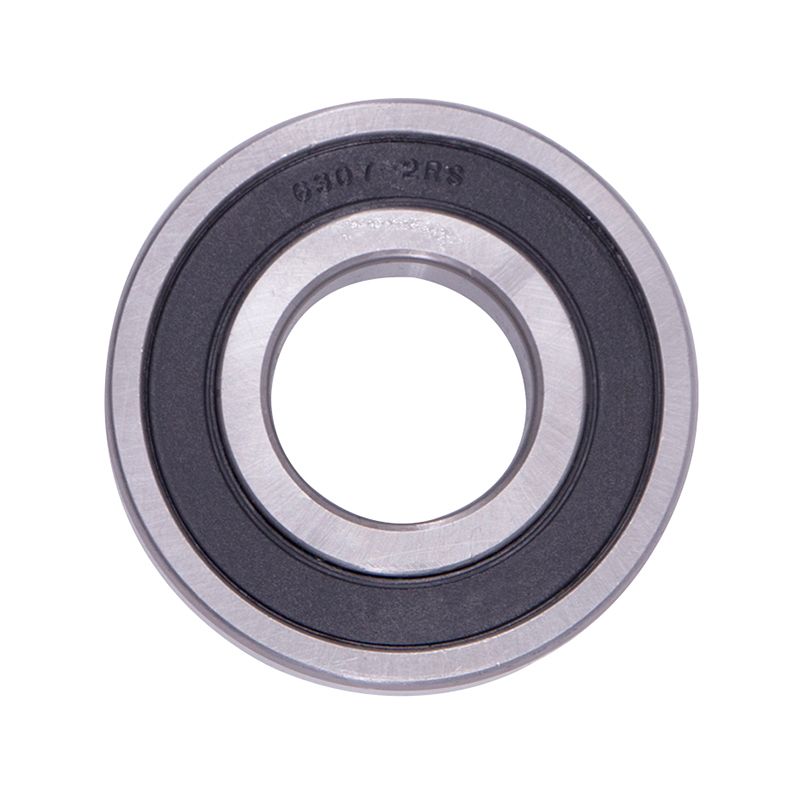 Wheel Hub Bearings
Wheel Hub Bearings -
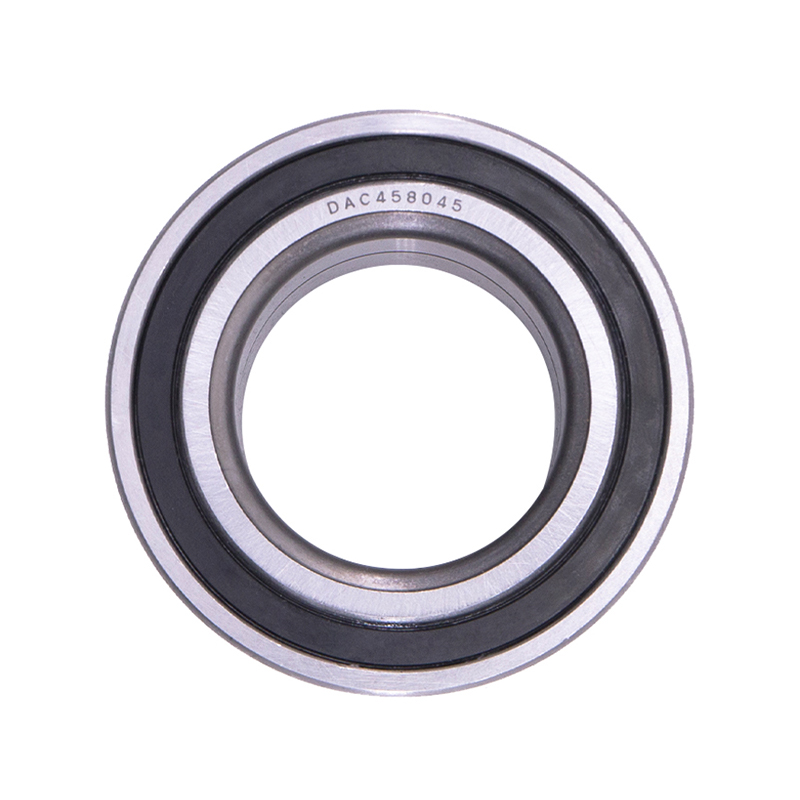 Wheel Hub Bearings
Wheel Hub BearingsDAC387436 DAC458045 Hub Deep Groove Ball Car Wheel Bearing
-
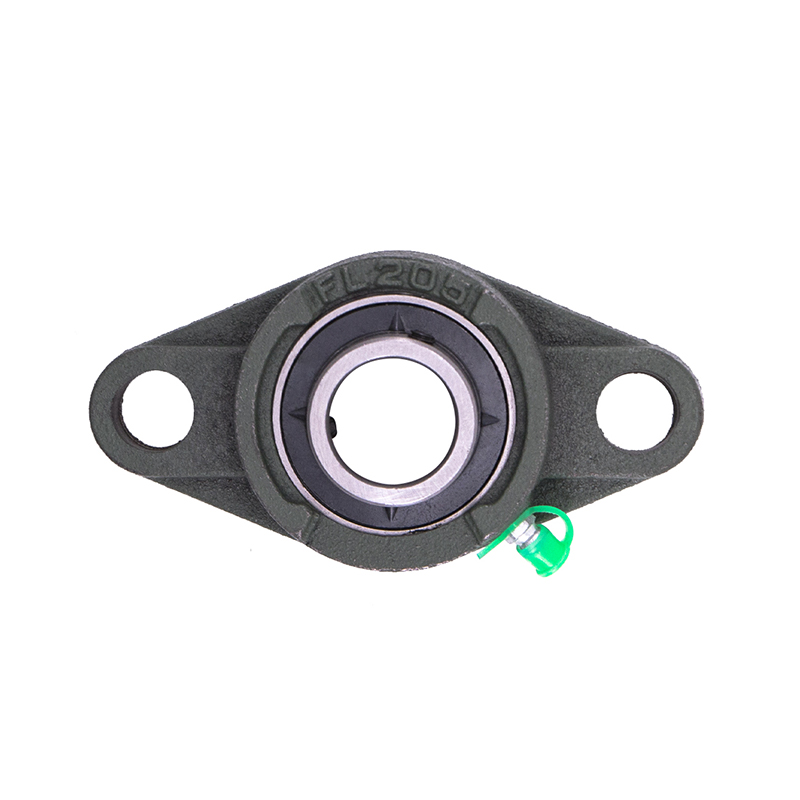 Spherical Bearings
Spherical BearingsFL204 FL205 FL206 Stainless Steel Pillow Block Bearing
-
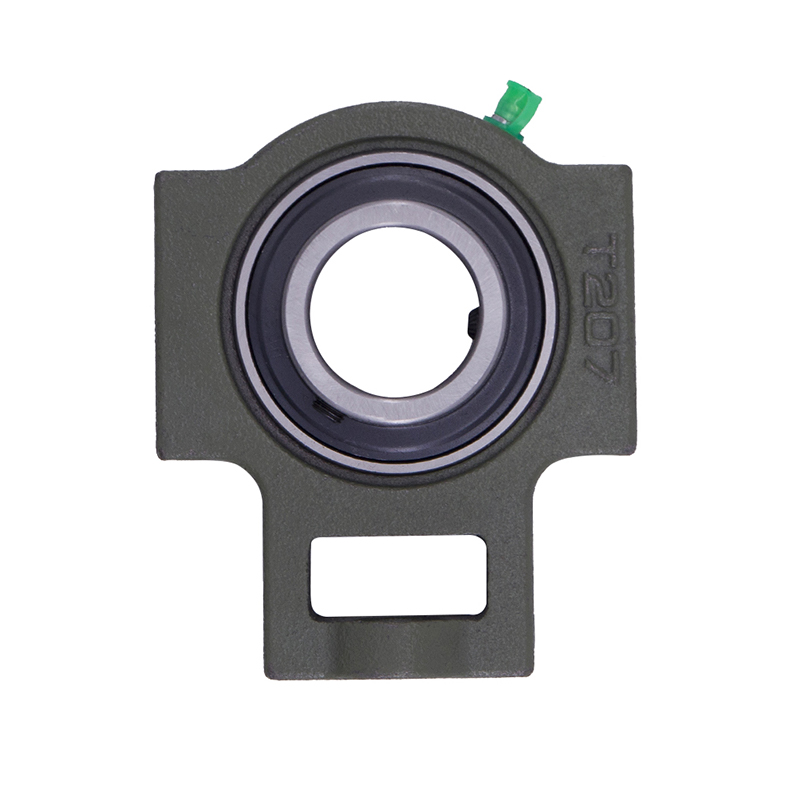 Spherical Bearings
Spherical BearingsT204 T207 UC204 High Speed Insert Pillow Block Bearing
-
 Spherical Bearings
Spherical BearingsFC204 F210 Auto Wheels Bike Pillow Block Bearing
-
 Spherical Bearings
Spherical BearingsP207 206 205 203 High Precision Wheel Pillow Block Bearing
-
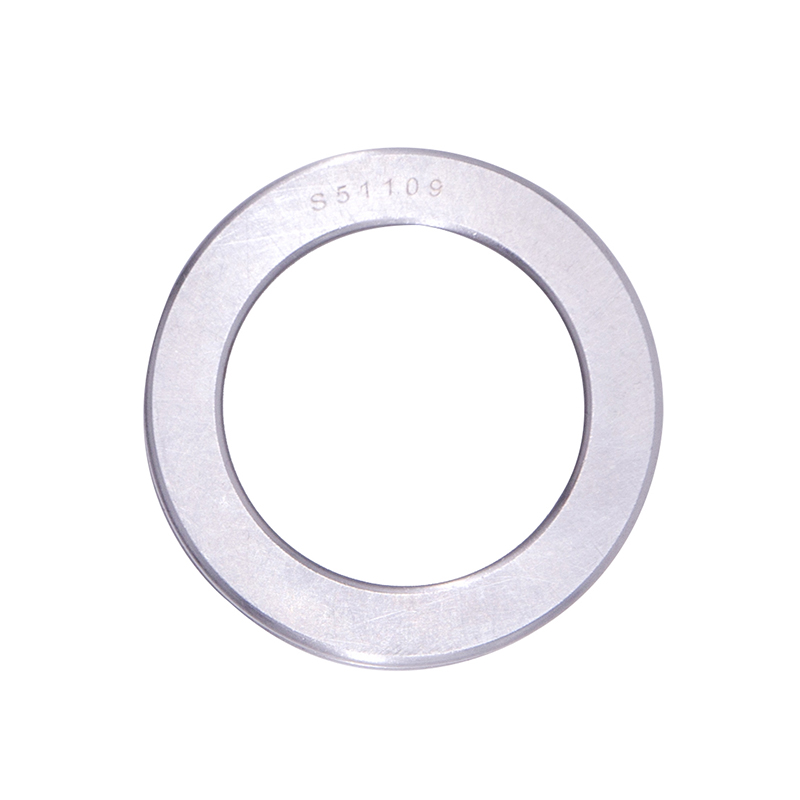 Thrust Roller Bearings
Thrust Roller BearingsS51100 S51107 S51109 Car Wheel Plain Thrust Ball Bearing
-
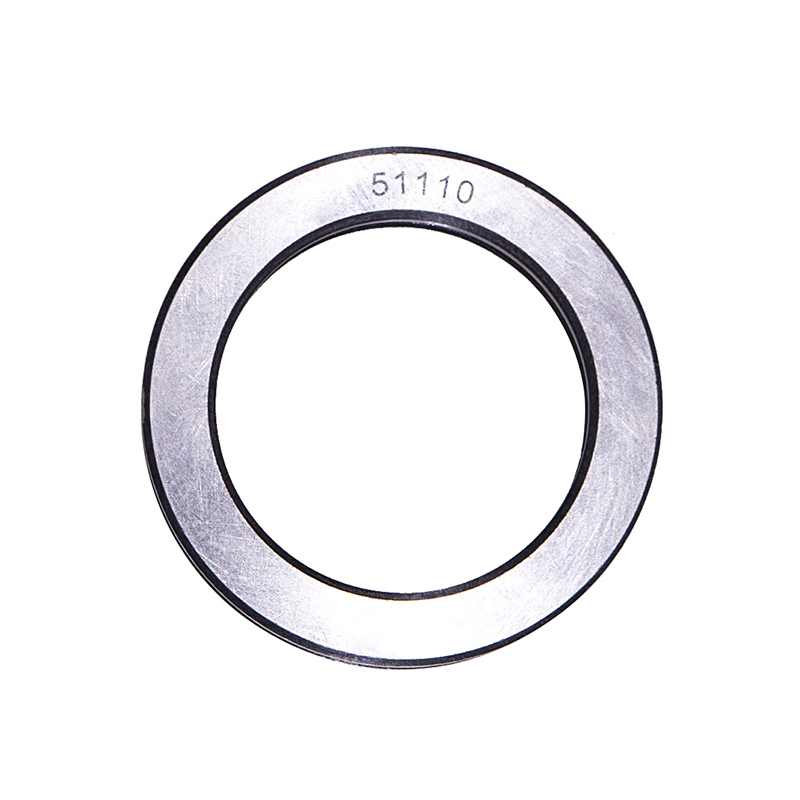 Thrust Roller Bearings
Thrust Roller Bearings51110 51107 51104 51206 High Speed Plain Thrust Ball Bearing
Possible Errors in the Production Process of Cylindrical Roller Bearings
Industry news-Cylindrical roller bearings are widely used in various industries, from automotive to industrial machinery, due to their ability to handle high radial loads and operate at high speeds. The production of cylindrical roller bearings involves a series of precise manufacturing steps, including material selection, heat treatment, machining, assembly, and quality control. However, despite the advanced technology and strict quality control measures in place, errors can occur during the production process, potentially affecting the performance and reliability of the final product.
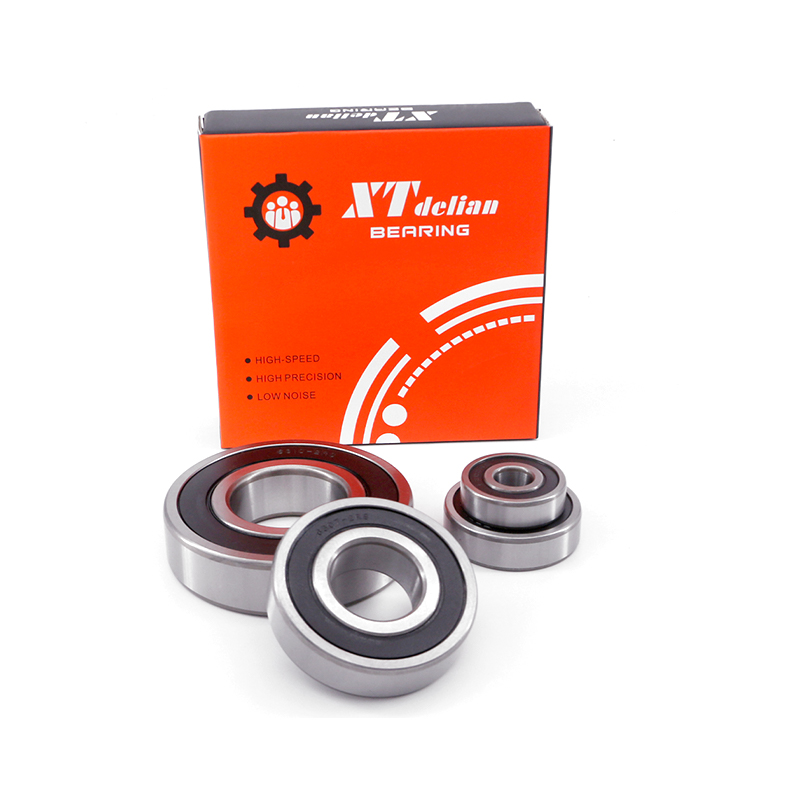
1. Material Defects
The quality of the material used in cylindrical roller bearings is crucial to their performance and longevity. Bearings are typically made from high-carbon chromium steel, which provides the necessary hardness, wear resistance, and fatigue strength. However, material defects can arise during the material manufacturing process, and these defects can significantly impact the bearing's performance.
Possible Errors:
Inclusion of Foreign Materials: Non-metallic inclusions, such as oxides or sulfides, can be present in the steel. These inclusions weaken the material and may bring about premature bearing failure.
Improper Hardness: If the material is not heat-treated properly, the hardness can be inconsistent, bring about areas that are either too soft or too hard. Soft areas can wear out quickly, while hard areas can cause cracks or surface damage.
Contaminated Materials: Contaminants introduced during the forging or casting process can affect the material's integrity and performance.
Mitigation:
Advanced Material Inspection: Utilizing non-destructive testing (NDT) methods, such as ultrasonic testing, can detect inclusions and other material defects early in the production process.
Controlled Heat Treatment: Maintaining precise temperature and time control during the heat treatment process ensures uniform hardness across the bearing material.
2. Incorrect Forging and Machining
Cylindrical roller bearings are typically forged to shape, and precise machining is required to achieve the correct dimensions and surface finish. Errors in the forging or machining stages can bring about dimensional inaccuracies, surface defects, or uneven material distribution.
Possible Errors:
Dimensional Variations: Inaccuracies in the forging process, such as improper die design or poor material flow, can bring about dimensional deviations, making it difficult for the bearings to fit together correctly.
Surface Defects: Machining operations, including turning, grinding, and polishing, must achieve a high level of precision. Any deviations from the desired surface finish, such as roughness, scoring, or gouging, can result in increased friction and wear during operation.
Incorrect Tolerances: Bearings must adhere to strict tolerance limits to ensure smooth operation and prevent premature failure. If the tolerances for the roller diameter, raceway, or clearance are not met, the bearing may not perform.
Mitigation:
Precision Equipment: Using high-precision forging and machining equipment helps maintain the correct tolerances and surface finishes. Automated systems can improve the accuracy and repeatability of these processes.
Process Control: Regular inspection and quality control during forging and machining processes can help identify any deviations from the specified design before they affect the final product.
3. Improper Heat Treatment
Heat treatment is a critical step in the production of cylindrical roller bearings. The process involves heating the material to a specific temperature and then cooling it rapidly to achieve the desired hardness and microstructure. Incorrect heat treatment can result in a variety of issues, including brittleness, uneven hardness, and compromised strength.
Possible Errors:
Overheating or Underheating: If the material is heated to a temperature that is too high or too low, it can bring about improper hardening, affecting the bearing's performance. Overheating can cause the material to become brittle, while underheating can leave the bearing soft and prone to wear.
Uneven Cooling: If the cooling process is not controlled properly, it can result in uneven hardness across the bearing, bring about areas that are more prone to fatigue or wear.
Insufficient Quenching: Inadequate quenching may fail to harden the material adequately, reducing the bearing's load-carrying capacity and fatigue life.

 English
English русский
русский Español
Español
